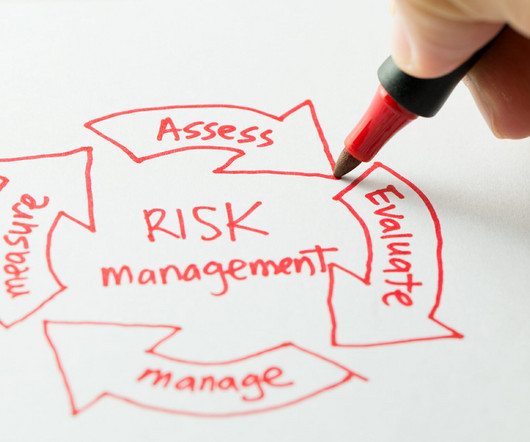A Resilience Charter
Emergency Planning
MARCH 23, 2022
Disaster’ refers to an event that causes damage, destruction, interruption of services and important activities, and possibly casualties. Safety’ refers to protection against major hazards such as storms, floods and industrial explosions. Security’ involves protection against major threats, such as terrorist activity.



















Let's personalize your content